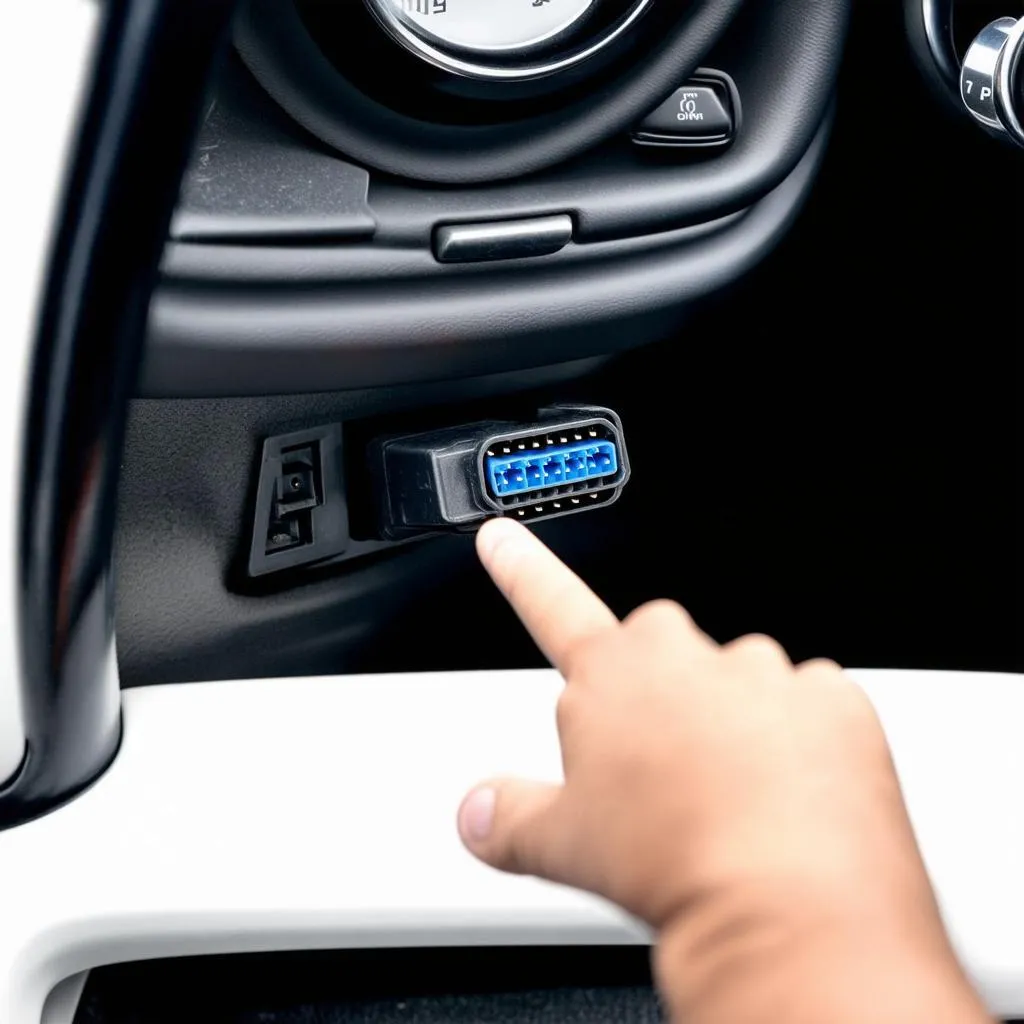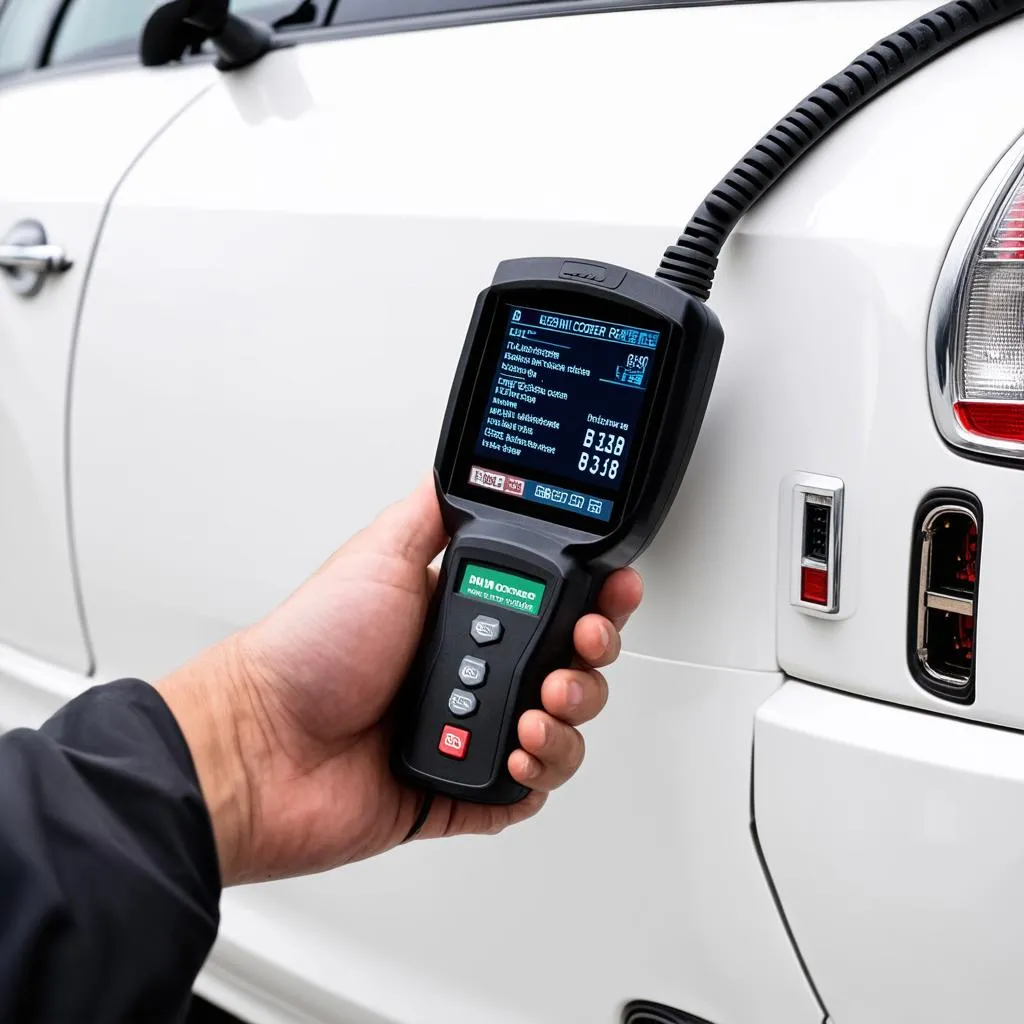“Check engine light glaring again? You’re not alone!” If you’re a MINI Cooper R53 owner, this phrase might sound all too familiar. But fear not, your MINI’s OBD port is here to help you unravel the mystery behind those cryptic dashboard warnings.
What is This “R53 Obd Port” Everyone’s Talking About?
Picture this: you’re driving down the road, enjoying the go-kart-like handling of your R53, when suddenly, the check engine light pops up. The “OBD port,” short for On-Board Diagnostics, is your car’s way of communicating what’s wrong. Think of it as your MINI’s very own “black box” that stores valuable diagnostic information.
A Window into Your MINI’s Soul
Just like a mechanic uses specialized tools to diagnose a patient, a mechanic (or even yourself, with the right tools!) can use a device called a “scan tool” that plugs into the OBD port. This allows them to access your R53’s computer system and read those trouble codes that trigger the check engine light.
For the R53, which was manufactured between 2002 and 2006, the OBD port is typically located under the dashboard on the driver’s side, near the steering column. It’s a standardized 16-pin connector, making it compatible with a wide range of OBD-II compliant scan tools.
 OBD Port Location R53
OBD Port Location R53
Unlocking the Power of the R53 Obd Port
Now that you know where to find this magical port, let’s explore how it can benefit you:
1. Diagnose Engine Problems:
This is the most common use of the OBD port. By reading the diagnostic trouble codes, you can pinpoint the cause of that pesky check engine light, whether it’s a faulty oxygen sensor, a misfiring spark plug, or something more serious.
2. Reset Check Engine Light:
Once you’ve addressed the underlying issue, you can use an OBD-II scanner to clear the check engine light, saving you a trip to the mechanic for this simple task.
3. Monitor Performance:
Beyond diagnostics, the OBD port can be used to monitor various engine parameters like engine speed, coolant temperature, and fuel economy in real-time. This data can help you understand your driving habits and potentially improve fuel efficiency.
 OBD Scanner in use R53
OBD Scanner in use R53
Common Questions About the R53 Obd Port:
Here are some questions R53 owners frequently ask:
-
Can I use any OBD-II scanner on my R53? While most generic OBD-II scanners will work for basic functions like reading and clearing codes, investing in a MINI-specific or BMW-compatible scanner (since MINI is a BMW subsidiary) might offer more advanced features and deeper insights into your car’s systems.
-
What if I can’t find my R53 Obd Port? Refer to your owner’s manual or consult online forums for precise location guidance specific to your model year.
-
Is it safe to tinker with the OBD port myself? While basic OBD-II scanning is relatively user-friendly, it’s always recommended to exercise caution. If you’re unsure about anything, consult a qualified mechanic to avoid any potential damage to your MINI’s electronics.
Beyond the Technical: A Touch of Automotive Feng Shui
Some MINI enthusiasts believe that maintaining a clean and organized OBD port can contribute to smoother car performance – a reflection of the harmony between driver and machine. While there’s no scientific evidence to support this, a little TLC for your R53’s vital components certainly can’t hurt.
Need Help with Your R53?
For all your R53 diagnostic and repair needs, our team of MINI experts is here to help! Contact us on WhatsApp at +84767531508 for expert advice, diagnostics support, and to schedule an appointment.
Looking for more information about your MINI Cooper R53? Check out our other helpful articles:
Keep your MINI running smoothly and enjoy the open road!